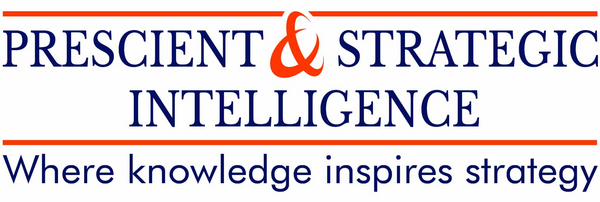Notifications
ALL BUSINESS
COMIDA
DIRECTORIES
ENTERTAINMENT
FINER THINGS
HEALTH
MARKETPLACE
MEMBER's ONLY
MONEY MATTER$
MOTIVATIONAL
NEWS & WEATHER
TECHNOLOGIA
TV NETWORKS
VIDEOS
VOTE USA 2026/2028
INVESTOR RELATIONS
COMING 2026 / 2027
ALL BUSINESS
COMIDA
DIRECTORIES
ENTERTAINMENT
FINER THINGS
HEALTH
MARKETPLACE
MEMBER's ONLY
MONEY MATTER$
MOTIVATIONAL
NEWS & WEATHER
TECHNOLOGIA
TV NETWORKS
VIDEOS
VOTE USA 2026/2028
INVESTOR RELATIONS
COMING 2026 / 2027
 Industry Analysis -
June 28, 2023 -
Business -
Non Sugar Sweeteners Market Applications
Non Sugar Sweeteners Market Trends
Non Sugar Sweeteners Market Size
-
340 views -
0 Comments -
0 Likes -
0 Reviews
Industry Analysis -
June 28, 2023 -
Business -
Non Sugar Sweeteners Market Applications
Non Sugar Sweeteners Market Trends
Non Sugar Sweeteners Market Size
-
340 views -
0 Comments -
0 Likes -
0 Reviews

Non-sugar sweeteners are substitutes for sugar, and they have different properties than organically produced sugar. This condiment is often advised by doctors to patients suffering from diabetes and reactive hyperglycemia. As the consumption of sugar-based food products harms the health of diabetic patients, food and beverage companies are focusing on the production of sweet dishes and bakery items made from non-sugar sweeteners. In recent years, the consumption of non-sugar-sweetener-based products has significantly surged in low- and middle-income countries (LMICs) due to the rising number of diabetes patients.
Additionally, the accelerating urbanization rate and mounting disposable income of people will augment the consumption of such products in the forthcoming years. Moreover, the rising inclination toward healthy eating habits, by curtailing the sugar content in the diet, will fuel this rise. To meet the surging need for these products, Cargill, Archer Daniels Midland Company, Hermes Sweetener Limited, Danisco, and Tate & Lyle are engaging in the production of alitame, sucralose, saccharin, aspartame, neotame, cyclamate, and acesulfame potassium.
For Getting Sample Pages of This Report:-
https://www.psmarketresearch.com/market-analysis/non-sugar-sweeteners-market/report-sample
According to P&S Intelligence, the European non-sugar sweeteners market will exhibit the fastest growth in the forthcoming years due to the surging incidence of diabetes and rising awareness about healthy eating, which involves reducing the sugar intake. According to the Organisation for Economic Co-operation and Development (OECD), around 32.3 million adults in the European Union (EU) were diagnosed with diabetes in 2019. As per the IDF, 465,916,400 diabetes-related deaths were recorded in 2019. Furthermore, the IDF forecasts that 65,993,300 people within the age group of 20–79 years in Europe will be diagnosed with diabetes by 2030.
Apart from Europe, Asia-Pacific (APAC) is expected to consume a large quantity of non-sugar sweeteners in the upcoming years due to the surging population and rising cases of diabetes in the region. According to the IDF, in 2019, 88 million people in the Southeast Asian (SEA) region were living with diabetes. Furthermore, the organization forecasts that 153 million adults in SEA will be affected by this disease by 2045. Moreover, the increasing investments being made by food and beverage companies in APAC will fuel the consumption of such products in the coming years.
Thus, the soaring prevalence of diabetes and escalating urbanization rate will fuel the use of non-sugar sweeteners.